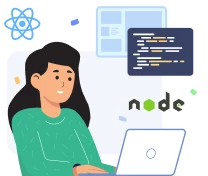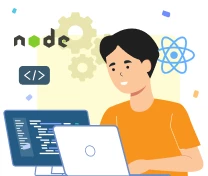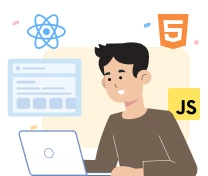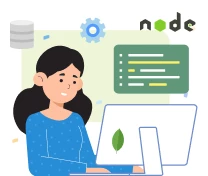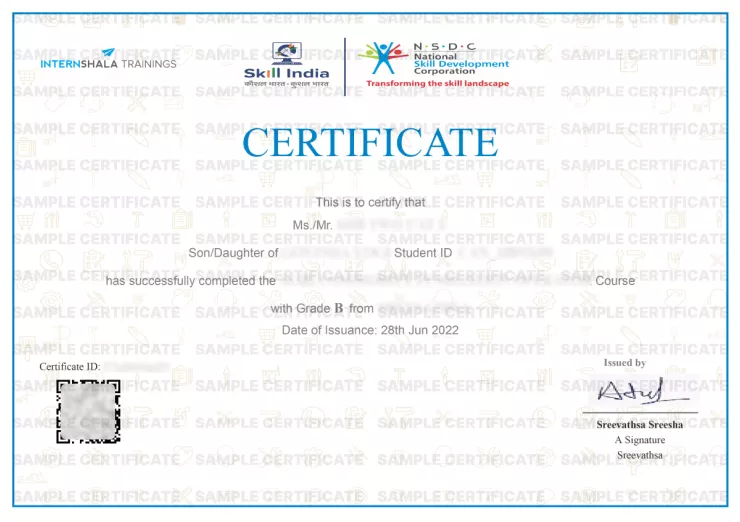Training Features

Instructor-Led Sessions
Experience the power of our instructor-led sessions, where engaging discussions and well-structured content delivery promote mastery of skills and knowledge.

Real-Life Case Studies
Begin your journey of learning with real-life case studies that illuminate the intersection of theory and reality.

Assignment
Elevate your learning journey with our wide range of assignments, curated to build adaptability and academic excellence.

Live Projects
Maximize your skill development with our live projects, providing hands-on experience and personalized guidance from industry professionals in real-time.

Govt. Recognized Certification
Secure your road to success with our industry-recognized certification, a symbol of excellence and proficiency.

Dedicated Placement Support
Maximize your career opportunities with our dedicated placement assistance, guaranteeing your seamless transition into the professional world.

App-Based Learning
Stay connected to your studies with our learning app, optimized for both Android and iOS platforms, delivering learning resources at your convenience.

A CMMI Level 5 Company
Step into a world of unmatched quality and precision at CETPA - a CMMI Level 5 Company, ensuring customer satisfaction at every step!

